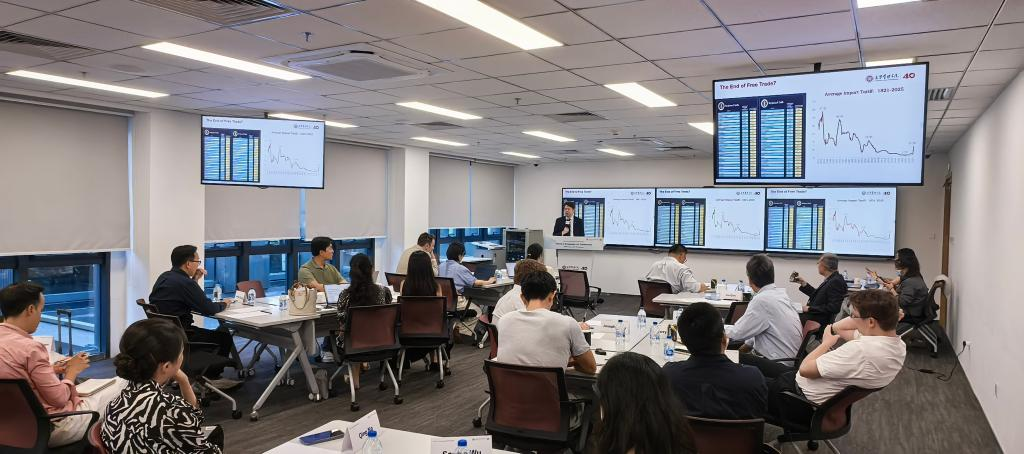 Peking University, July 19, 2025
Peking University, July 19, 2025: On July 17, Peking University’s Guanghua School of Management hosted the 10th Guanghua International Media Salon at the PKU Science Park. Building on the success of last year’s event, which also brought together international media to discuss China’s economy, this year’s session focused on “China’s Economy in Transition: Pathways and Prospects.” It featured Liu Qiao, Dean of Guanghua School of Management, and Yan Se and Tang Yao, both Associate Professors, alongside journalists from Reuters, AP, Financial Times, and 14 other global outlets.
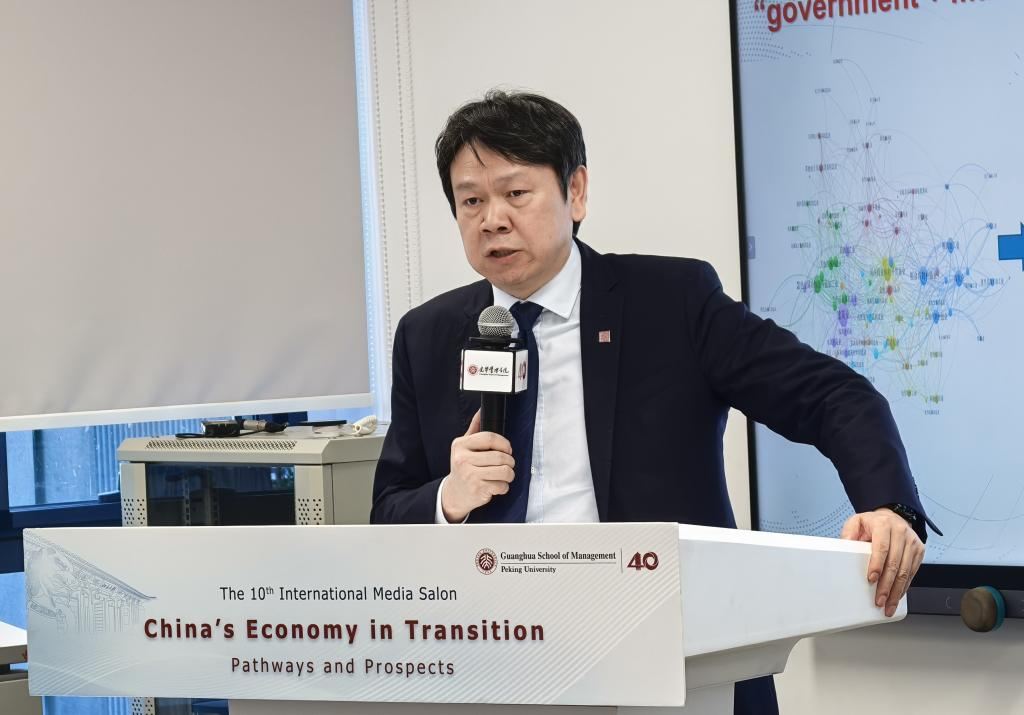
Liu Qiao, Dean of Guanghua School of Management
Liu Qiao outlined China’s strategy to maintain stable growth by enhancing productivity. He framed the US-China trade conflict not as a trade imbalance issue but as a deeper competition over total factor productivity (TFP). “It’s a competition on productivity, a competition on fundamentals,” he said, emphasizing that TFP remains the core driver of long-term growth.
Citing comparative data, Liu noted China’s declining TFP growth but highlighted how its "new quality productive forces" strategy—prioritizing technological innovation, industrial upgrades, and structural reforms—could restore TFP growth to 2%, supporting a sustainable 5% GDP expansion. By contrast, he pointed to the US’ shrinking manufacturing sector (10% of GDP versus China’s 27%) as a structural constraint on its TFP growth, despite protectionist policies like tariffs and "Make America Great Again" initiatives.
Domestically, Liu highlighted the need to strengthen household consumption. He pointed to low disposable income as a limiting factor and proposed reforms to the hukou (household registration) system, alongside large-scale investments in rural revitalization and green development. “China must shift from supply-driven to demand-driven growth to build a sustainable, green, and people-centered economy,” he concluded.
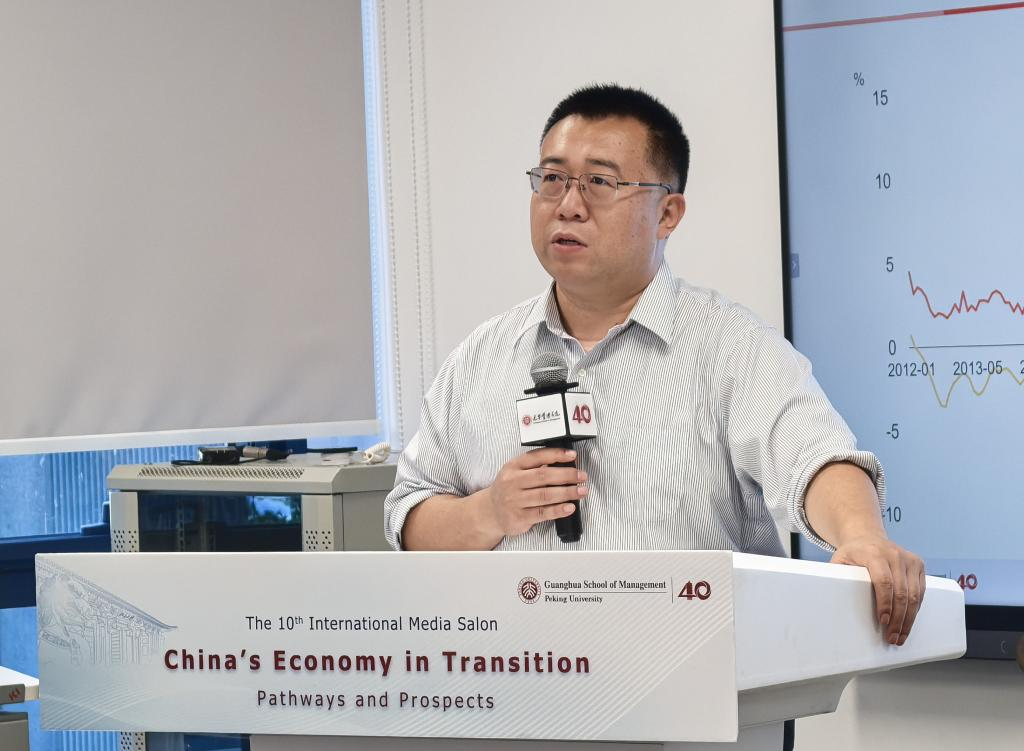
Yan Se, Associate Professor of Applied Economics
Professor Yan Se analyzed China’s persistent deflationary pressures, evidenced by falling CPI (recently negative) and PPI, despite a growth of 5.3% in GDP and 6.4% in industrial output in first half of 2025. Weak domestic demand was reflected in retail sales growth of only 5% and investment growth of just 2.8%.
Yan attributed these trends to long-standing structural issues, including overcapacity in traditional manufacturing, weak consumer confidence, and resource mis-allocation due to delayed welfare reform. Labor, he noted, remains concentrated in low-productivity sectors while demand shifts to more advanced industries. He warned that the deflation is not cyclical but structural in nature.
With limited fiscal space—highlighted by a 4% deficit-to-GDP ratio and public debt exceeding 100%—Yan said monetary easing may be the most immediate tool. However, he stressed that long-term solutions lie in building a more robust welfare system and improving the efficiency of capital markets.
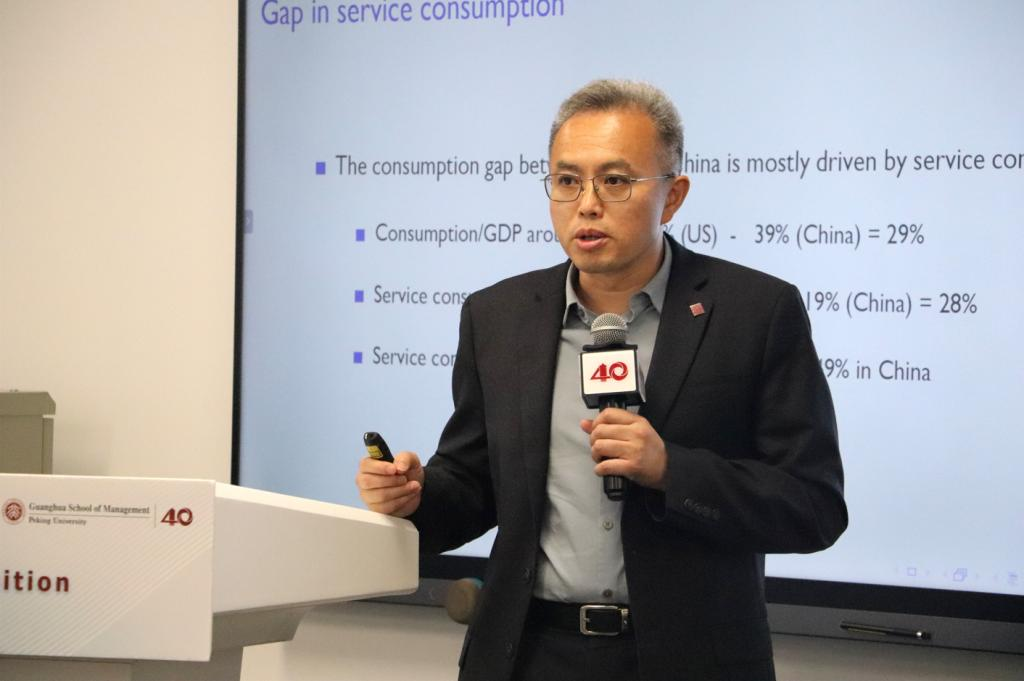
Tang Yao, Associate Professor of Applied Economics
Professor Tang Yao focused on rebalancing the economy by boosting domestic demand, particularly in services. He highlighted that while China’s goods consumption share of GDP aligns with that of the US, the share of service consumption remains significantly lower in comparison. Pointing to promising signs like rising enthusiasm for concerts and sports in markets like Jiangsu, Tang suggested policies supporting cultural, tourism, and recreational sectors could stimulate demand and generate employment.
Tang also noted positive trends in China’s external trade: global trade resilience, increasing diversification of trading partners (especially towards emerging economies), and a rising share of intermediate goods in exports indicating deeper global value chain integration. “If these trends continue, the long-term impact of tariff measures may be less severe than feared,” he observed.
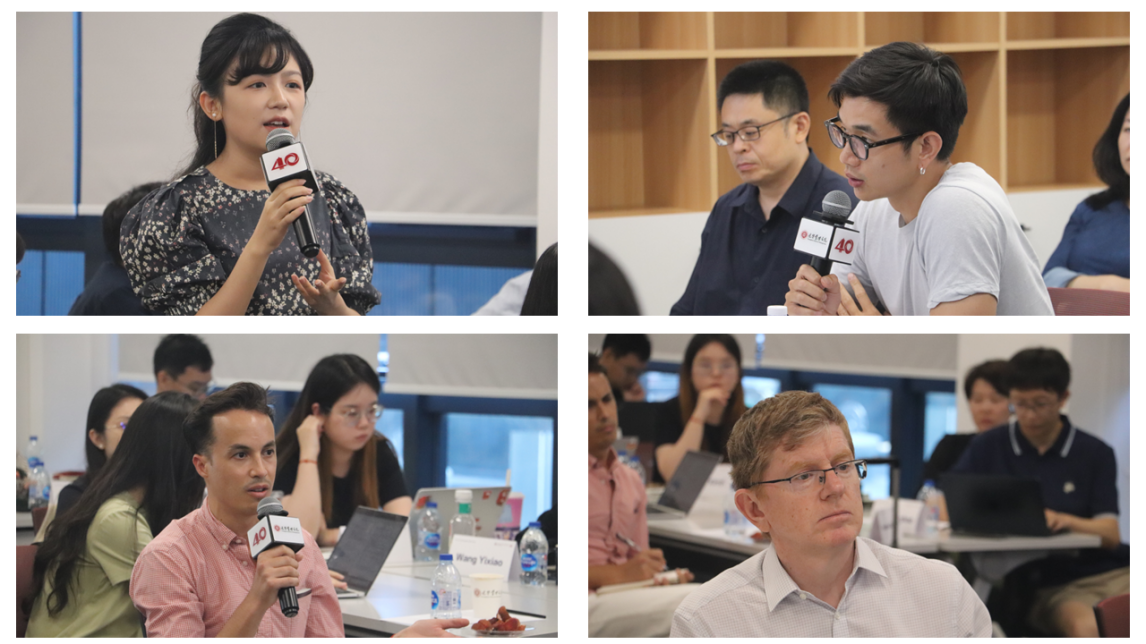
The salon concluded with an open discussion where scholars and journalists delved into key issues like deflation, welfare reform, and supply-side restructuring. The professors’ insightful presentations and the journalists’ active participation fostered a deeper understanding of China’s economic transformation, contributing to a more positive and reasoned public discourse on its development path.
Source: Guanghua School of Management




